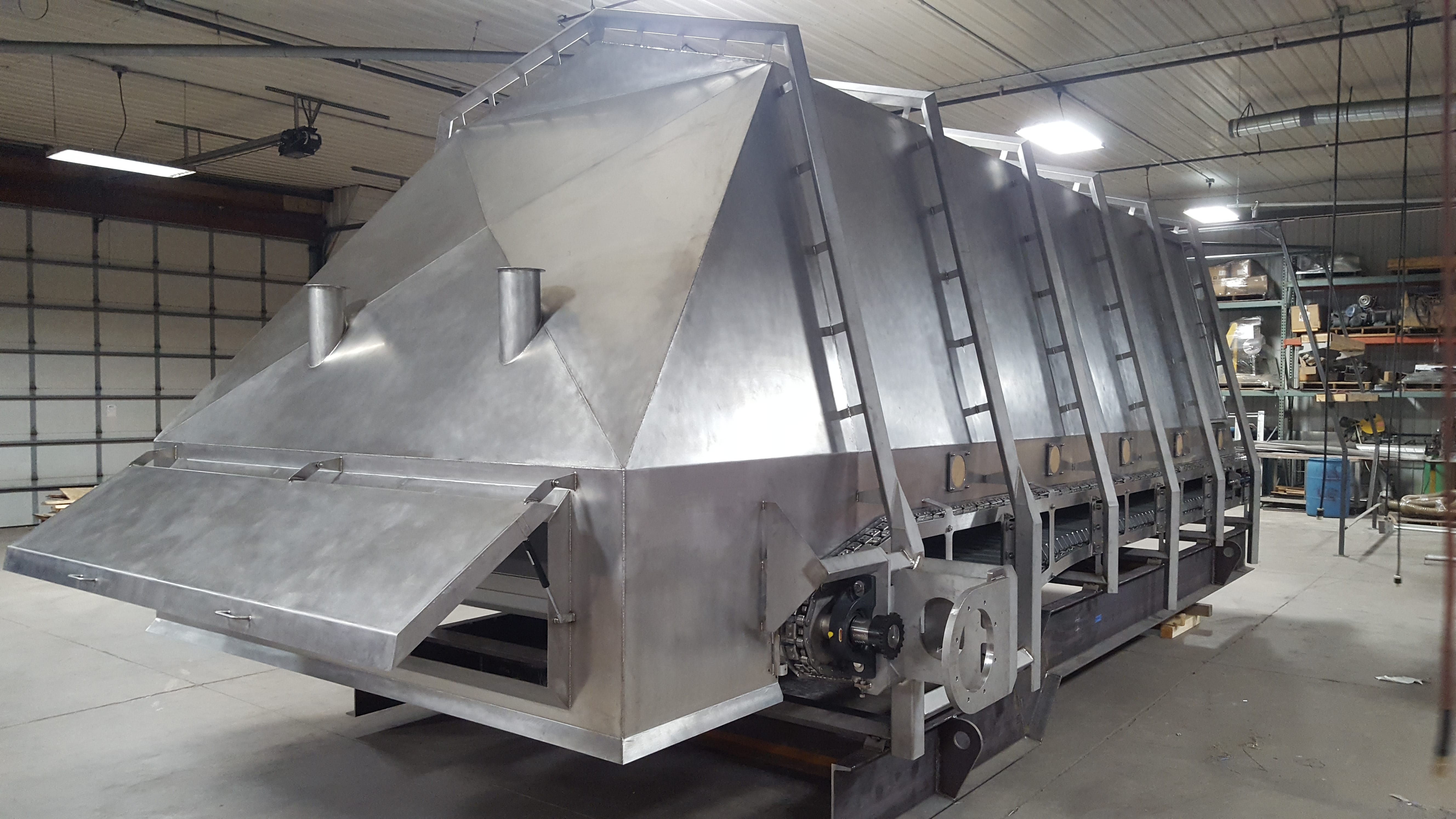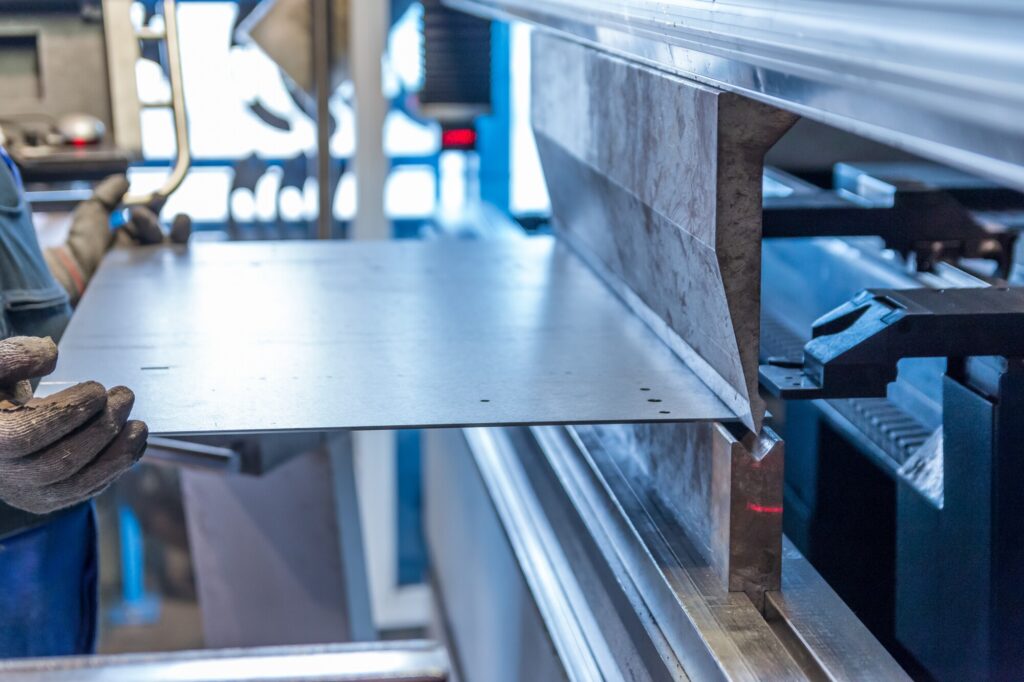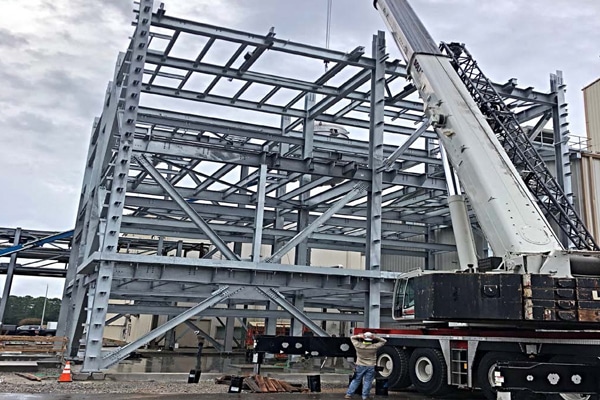Advanced Steel Fabrication Melbourne: Structure the Future Today
Advanced Steel Fabrication Melbourne: Structure the Future Today
Blog Article
Cutting-edge Trends in Steel Fabrication: Enhancing Durability and Precision
In the world of steel manufacture, the quest of resilience and precision has led to a wave of cutting-edge patterns that are reshaping the market. These trends are not just forming the existing yet likewise laying the foundation for the future of steel construction, promising additional enhancements in durability and precision.
Advanced Welding Technologies
In the realm of steel fabrication, the adoption of advanced welding technologies has substantially changed the industry's method to achieving superior top quality and accuracy in structural welds. Advanced welding innovations, such as laser beam welding and rubbing mix welding, have actually emerged as game-changers in the area. By leveraging these advanced welding techniques, steel fabricators can boost the resilience, toughness, and precision of their structural welds, fulfilling the significantly requiring needs of contemporary construction tasks.
Robot Automation in Fabrication
Welcoming robot automation has actually come to be a cornerstone of contemporary steel construction practices, simplifying processes and improving effectiveness throughout the sector. Robotics are revolutionizing the way steel parts are produced, supplying unmatched precision and speed while decreasing human mistake. These automated systems can deal with repeated jobs with regular accuracy, causing greater quality final product.
One trick advantage of robot automation in steel fabrication is the capability to function all the time without fatigue, significantly boosting manufacturing output. This continual operation decreases downtime and increases job timelines, ultimately conserving prices for producers. In addition, robotics can be set to do elaborate tasks that might be challenging or hazardous for human employees, enhancing safety and security in the work environment.
Moreover, robotic automation allows seamless combination with other electronic modern technologies, such as computer-aided design (CAD) software application and Web of Points (IoT) systems (Alpha reo). This interconnected strategy boosts interaction in between different stages of construction, enhancing workflows and guaranteeing real-time monitoring and control. As the steel manufacture market proceeds to develop, robot automation stands out as a transformative pressure driving effectiveness and accuracy in making processes

High-Strength Alloy Development
The development of high-strength alloy growth in steel construction is improving the industry's method to boosting product resilience and efficiency. High-strength alloys are engineered to exhibit premium mechanical residential properties, such as enhanced tensile stamina, sturdiness, and rust resistance compared to traditional steel grades. By including these innovative alloys into fabrication procedures, suppliers can create components that hold up against greater stress and anxiety levels and severe settings, bring about even more reliable and resilient final product.
One key benefit of high-strength alloy development is the capacity to lower material density without endangering structural honesty. This not just results in lighter-weight components however also adds to cost financial savings and improved effectiveness in construction and assembly procedures. The boosted strength-to-weight proportion of these alloys enables for the style and building and construction of structures with higher load-bearing capabilities while lessening total weight.
3D Modeling and Simulation Software
Innovations in steel manufacture processes have been substantially thrust by the combination of sophisticated 3D modeling and simulation software application devices. These tools enable makers to develop detailed virtual versions of their jobs, enabling them to visualize the end product with precision before any manual labor starts. By simulating different tension aspects, ecological problems, and architectural lots, producers can enhance designs you can find out more for enhanced durability and performance. In addition, 3D modeling and simulation software application enhance the manufacturing procedure by recognizing potential issues at an early stage, reducing the requirement for expensive rework and lessening material waste.

Sustainable Practices in Steel Manufacturing
Incorporating lasting techniques into steel manufacturing processes is crucial for minimizing ecological effect and ensuring long-term resource availability. One key lasting technique is the adoption of energy-efficient modern technologies to minimize greenhouse gas emissions throughout the steel manufacturing procedure. This includes utilizing eco-friendly power resources, such as solar or wind power, to power steel plants and applying energy-efficient equipment to optimize power usage.
One more essential facet of lasting steel manufacturing is the liable sourcing of resources. This involves making certain that the iron ore and other sources used in steelmaking are acquired from honest and ecologically pleasant resources. By promoting transparency in the supply chain and adhering to rigorous environmental criteria, steel suppliers can minimize the adverse effects of source removal on regional environments and areas.

Verdict
In verdict, the innovative patterns in steel construction such useful source as innovative welding modern technologies, robot automation, high-strength alloy development, 3D modeling and simulation software, and lasting methods are boosting the sturdiness and accuracy of steel items. These innovations are changing the steel fabrication market by enhancing efficiency, sustainability, and top quality. It is clear that the future of steel manufacture hinges on accepting these cutting-edge innovations to satisfy the needs of modern-day construction and manufacturing industries.
In the world of steel manufacture, the search of sturdiness and accuracy has actually led to a wave of ingenious patterns that are reshaping the industry.In the world of steel construction, the fostering of sophisticated welding technologies has actually significantly revolutionized the industry's approach to accomplishing superior high quality and accuracy in architectural welds. As the steel manufacture sector continues to advance, robotic automation stands out as a transformative force driving performance and precision in manufacturing processes.
Additionally, reusing and reusing steel scrap navigate here and waste materials play a significant duty in enhancing the sustainability of steel production. steel fabricators melbourne.In conclusion, the innovative fads in steel construction such as innovative welding innovations, robotic automation, high-strength alloy development, 3D modeling and simulation software, and sustainable methods are enhancing the durability and accuracy of steel products
Report this page